Hello and greetings from a very wet and windswept Salen Campsite on Mull. Apologies for the late post this week.
In the five months since I started this Substack, I’ve managed to post every Saturday – even when travelling – until this week when I was stymied by spending couple of days away from any mobile signal or wifi.
While on Mull, the phone signal has on the whole been better than at home (I use it to get an internet connection on my laptop while campervanning). However, deep among hills we were detached from the outside world. No bad thing!
As it is so wild outside today my mind has returned to a magical place we visited early in our trip, while the long ‘summer in spring’ still lasted.
On previous visits to the Ross of Mull, the long, rugged peninsula in the southwest of this Hebridean island, I have sailed past the turning to Ardalanish Weavers. After miles of single-track driving, an even windier road with fewer passing places didn’t appeal. But this time we took the narrow road as I hoped to devise a walk on the coast here and spend a night in their motorhome field.
Although I’d done research online beforehand, that only told me so much. You never know what a place will be like until you are there in person. It proved to be a diverse business, combining a weaving shed, shop and hill farm.
We were made to feel welcome with useful advice about walking on the farm and finding Old Ardalanish. Sean Bhaile (the old village) as it is called in Gaelic, is a pre-Clearances settlement where a few families would have lived a self-sufficient lifestyle until the mid 1800s. As with other deserted villages I have visited on Mull, the houses have round corners to shed the wind. The small, single storey abodes would have been thatched with heather or reeds.
I found the land here farmed in a non-intensive, conservation-minded fashion. The livestock – black kyloe Highland cattle and Hebridean sheep – appeared well cared for. I even met a woman farmer brushing two young bulls, who seemed to appreciate the attention. She told me it was important they got used to being handled before they were shown and marketed, presumably as breeding stock.
These traditional breeds looked at home in the three-dimensional landscape of vigorous green growth and peculiar rock formations. Much of the steeper ground was cloaked in low, windswept native woodland of birch, willow and hazel. Greylag geese grazed the flatter fields and we saw whinchat, stonechat, pied wagtail and common gull around the ‘van.
As with much of Mull, the landscape is the result of volcanic activity, with repeated lava flows building up bands of basalt that now form horizontal lines of crags. These have been eroded into weird shapes, including some which look like cakes or puddings. With flat tops and cliff sides, these have often been used in the past as natural forts or Duns.
The melting of ice sheets at the end of the Ice Ages lifted weight from the land, allowing it to rise. Thus there are tiers of raised beaches around the island – flat grassy plains backed by cliffs with sea-wrought features, including frequent caves.
I had great fun exploring, trying to find the best circuit and diverting via a scramble to the top of Dùn an Fheurain (grassy fort) for a view of the vast beach, where I took a swim in the morning.
Here in pictures is the story of my walk. As there are lots of photos, you may not see them all in an email and will have to click on "View entire message" to be able to view the whole post.
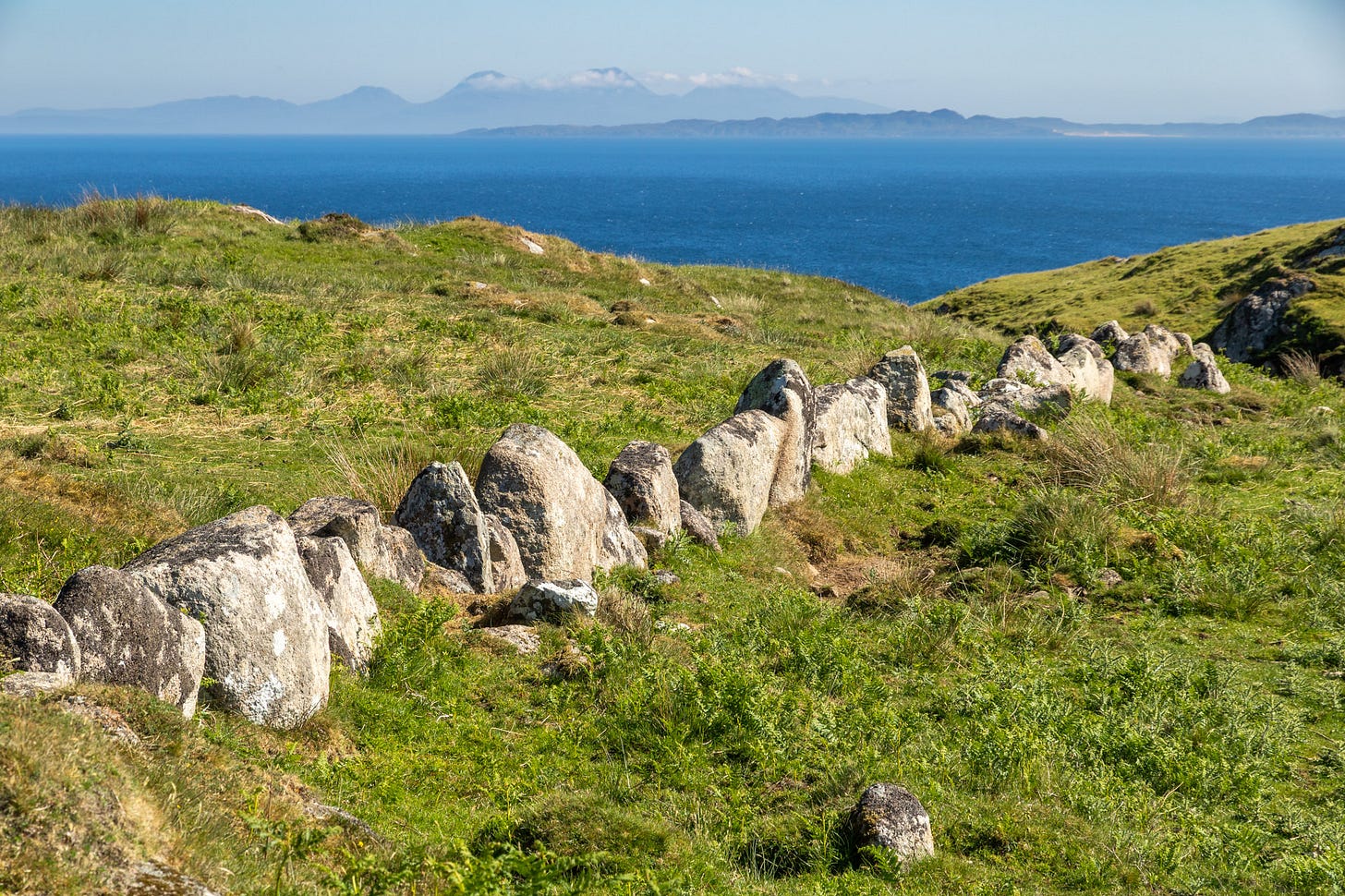
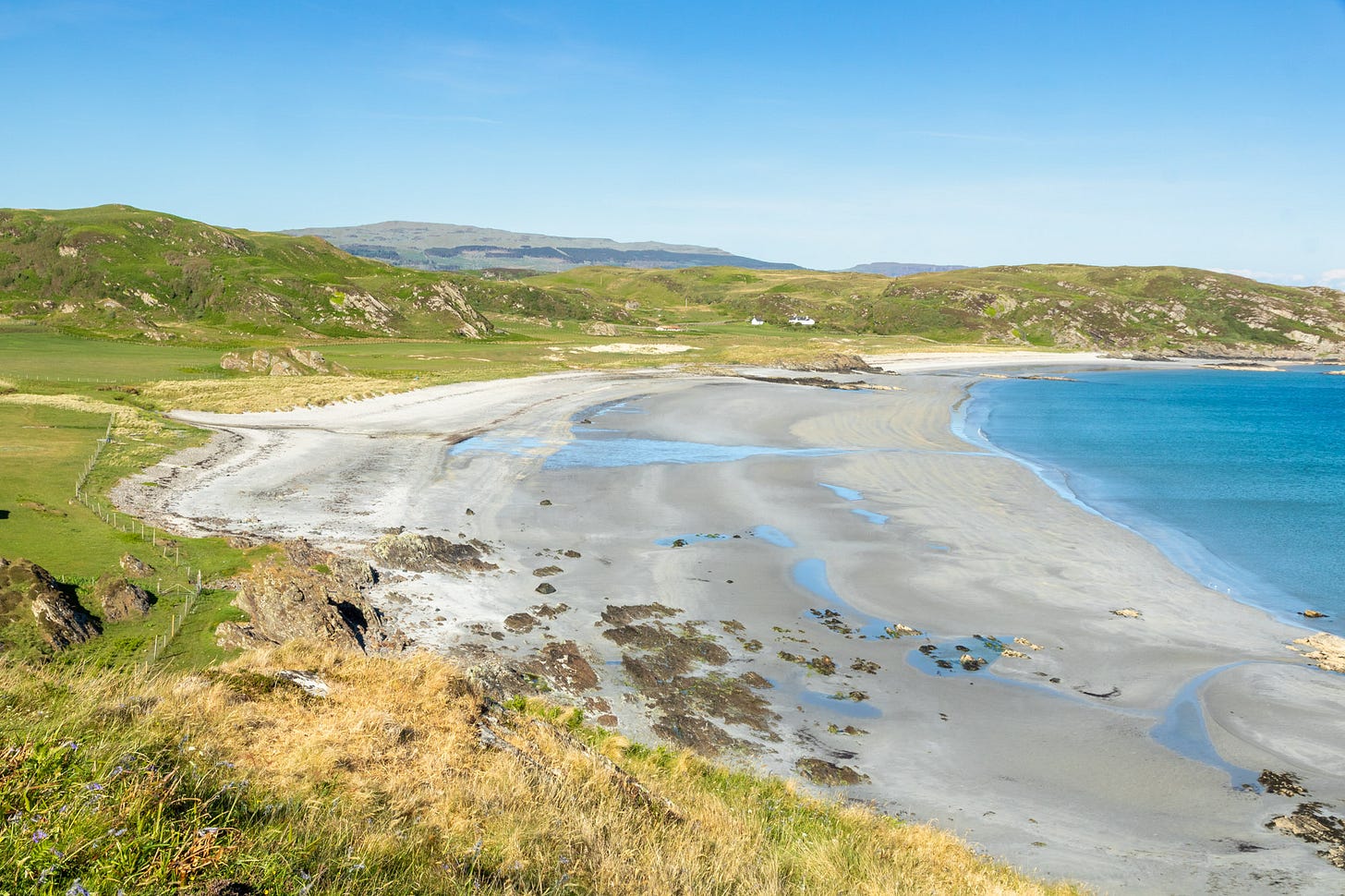


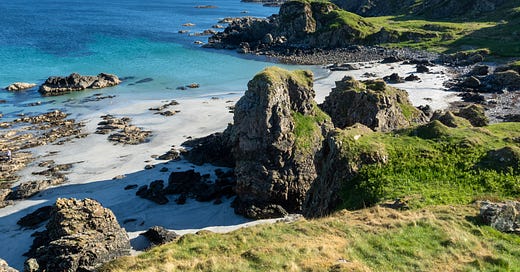



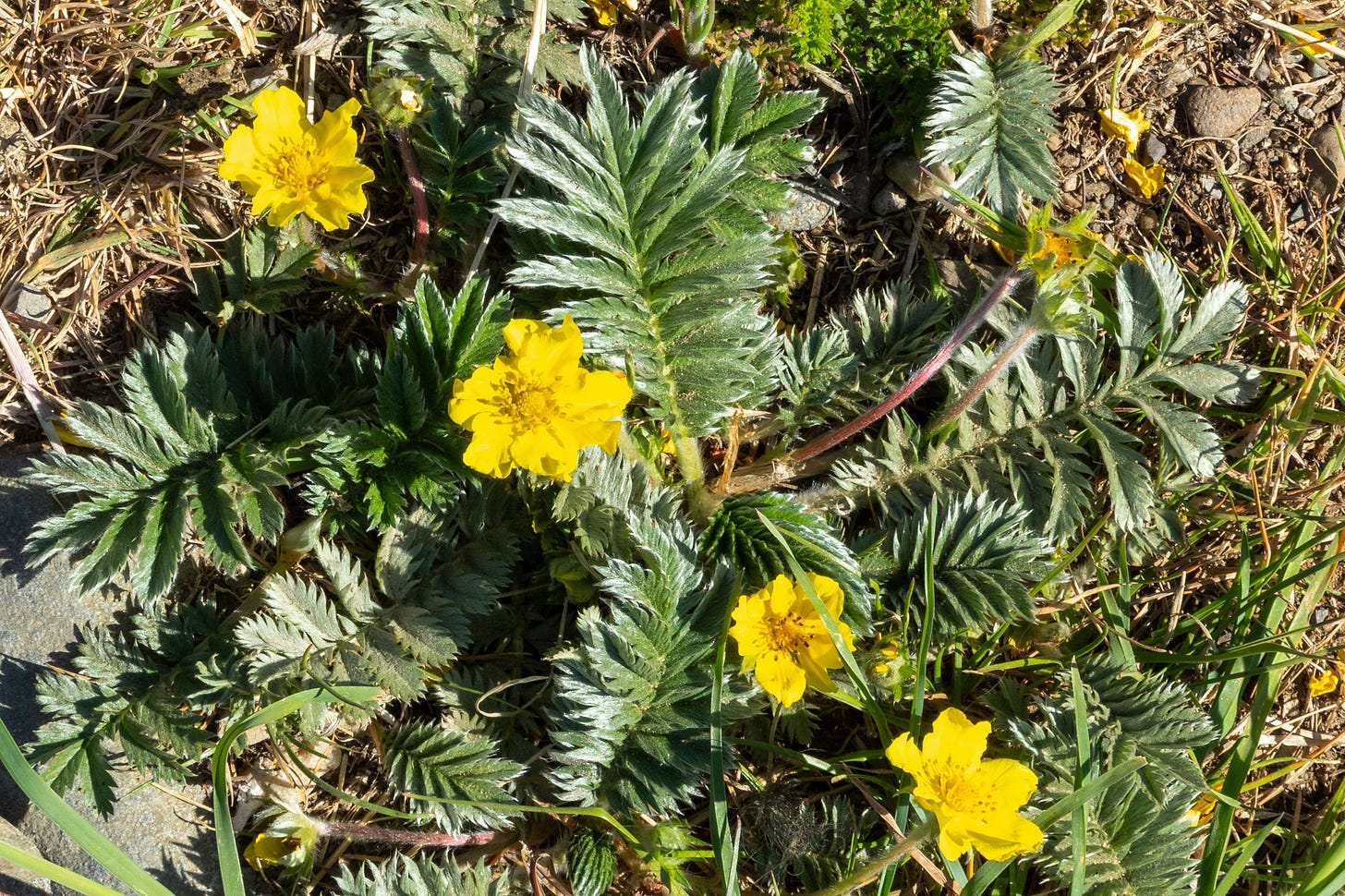
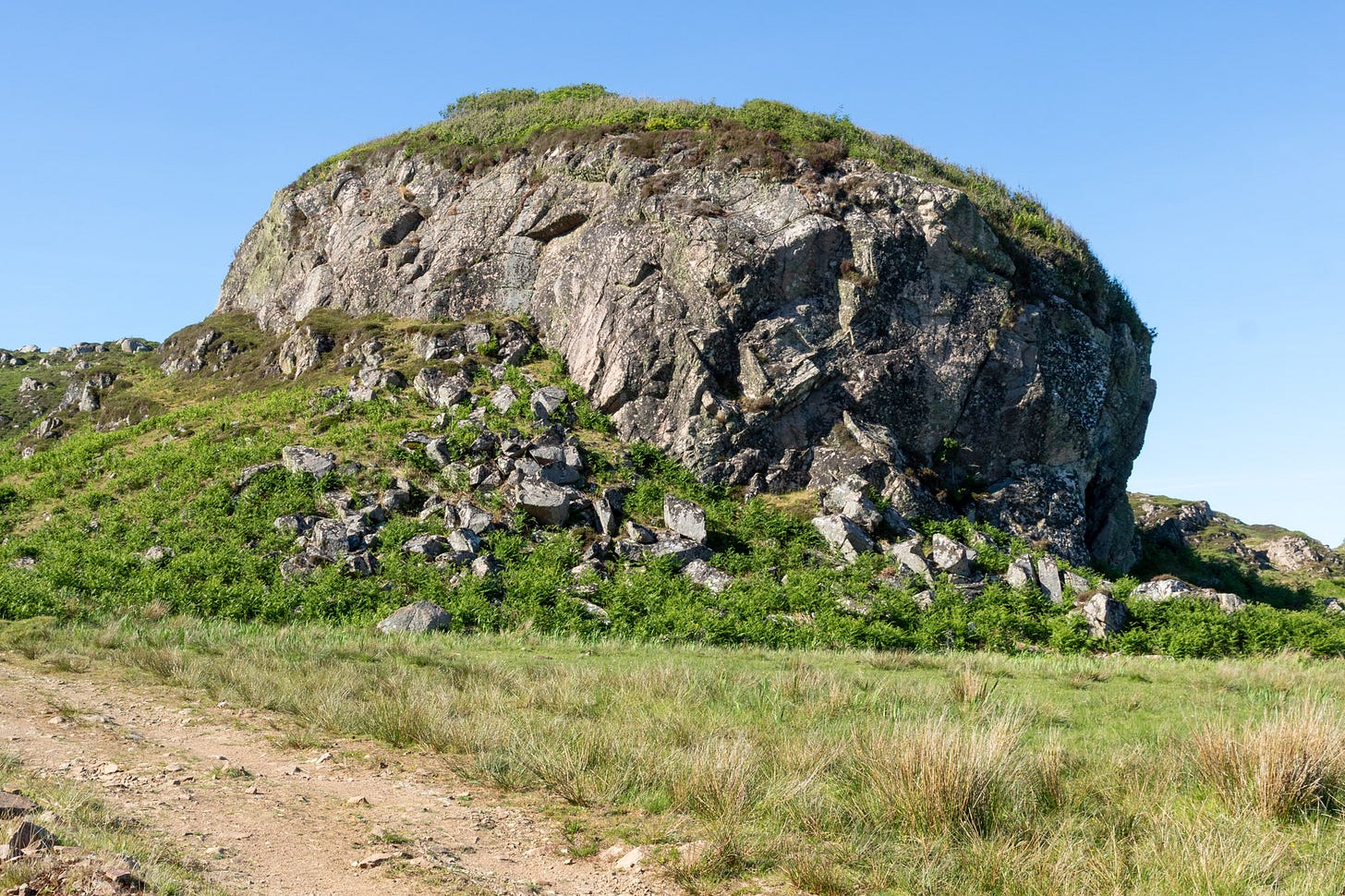
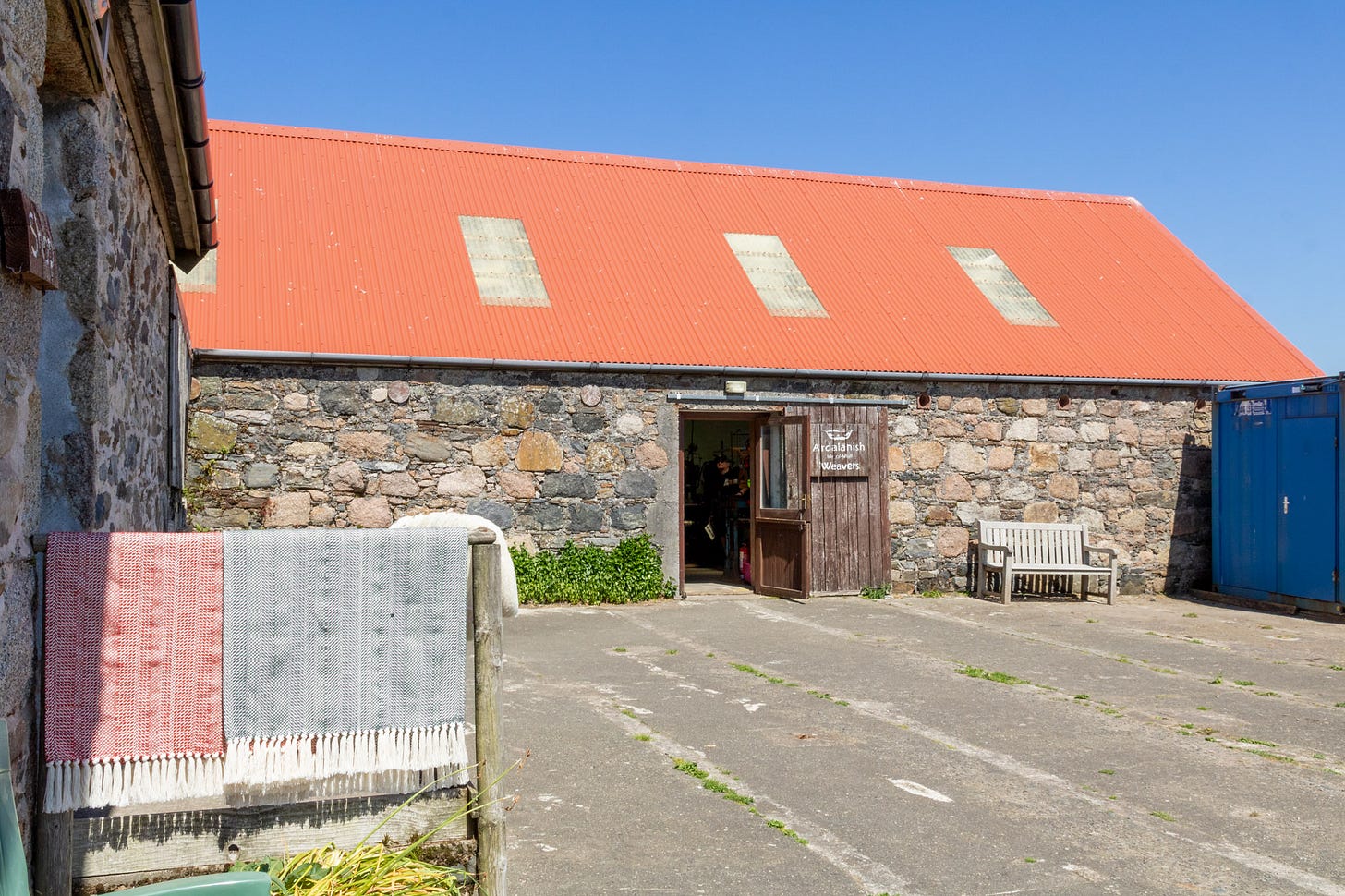

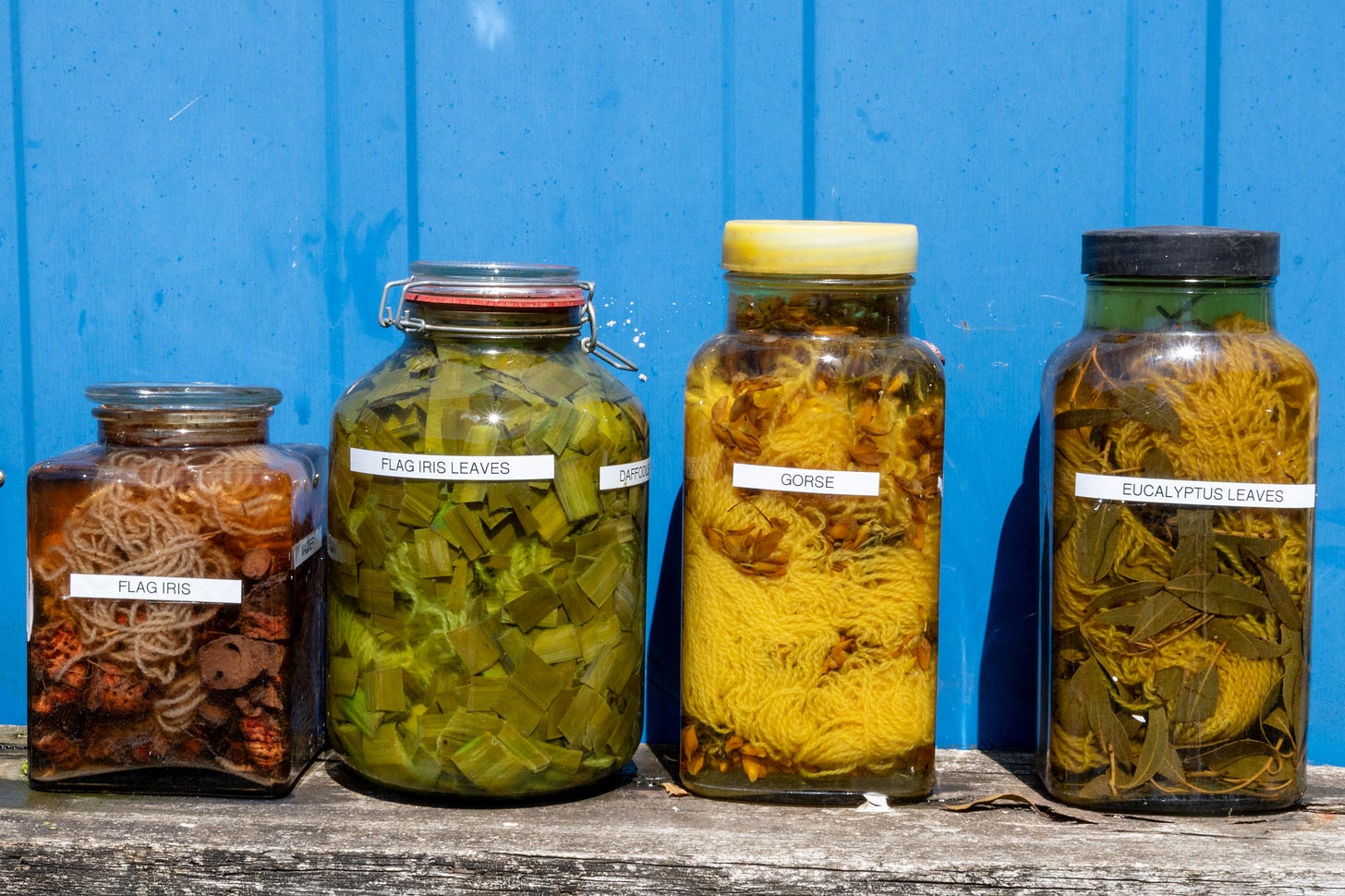
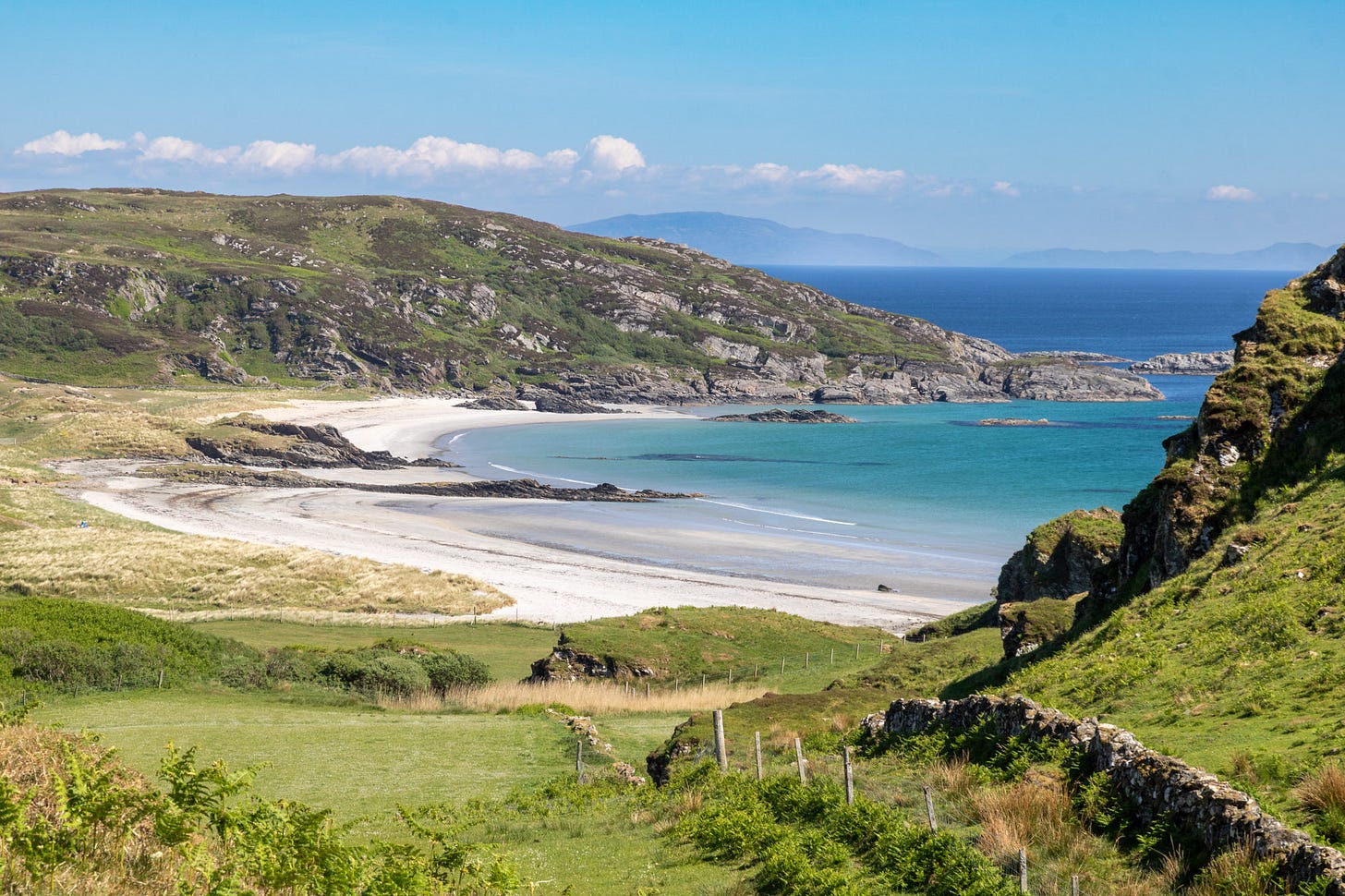
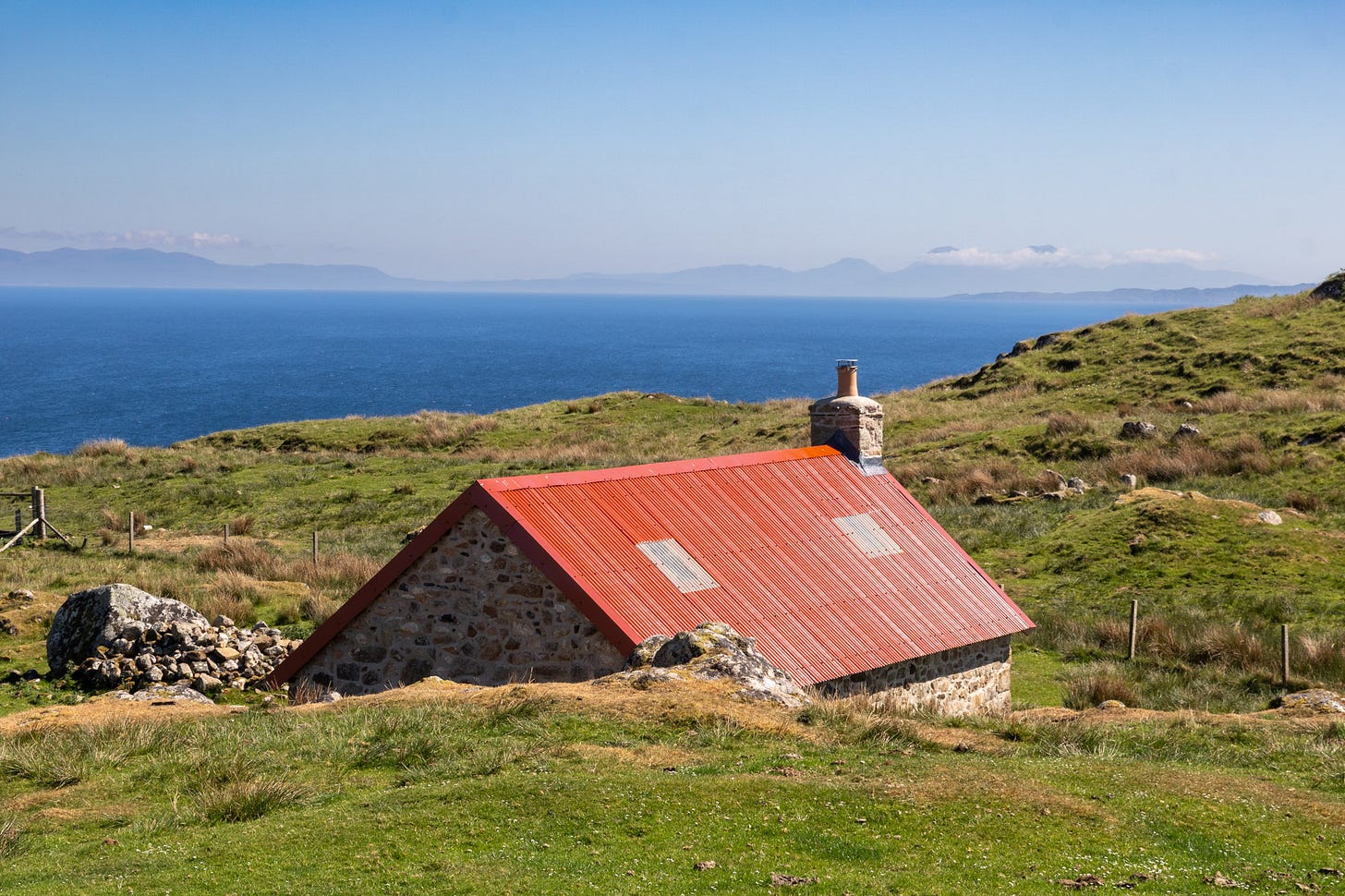
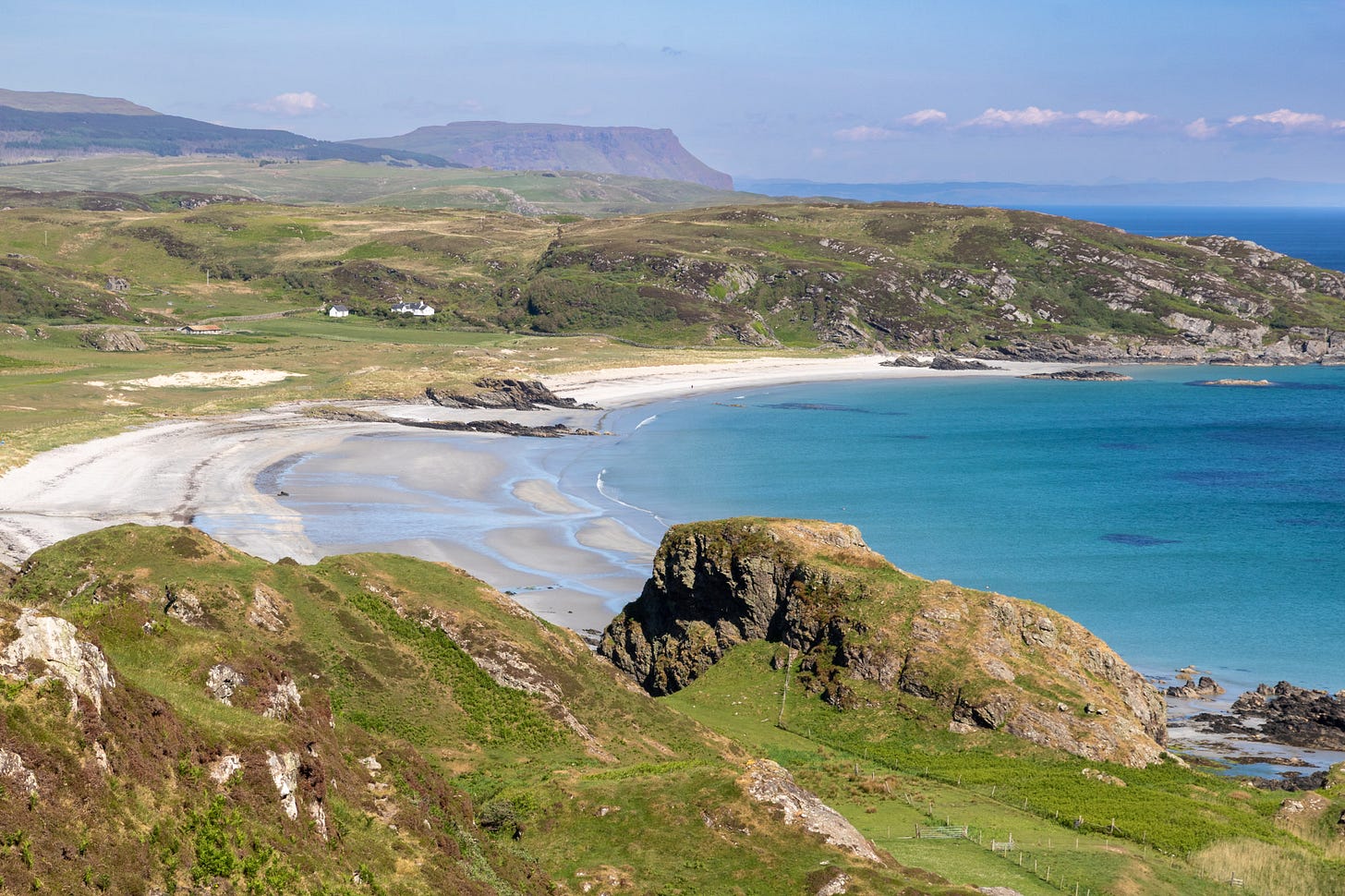
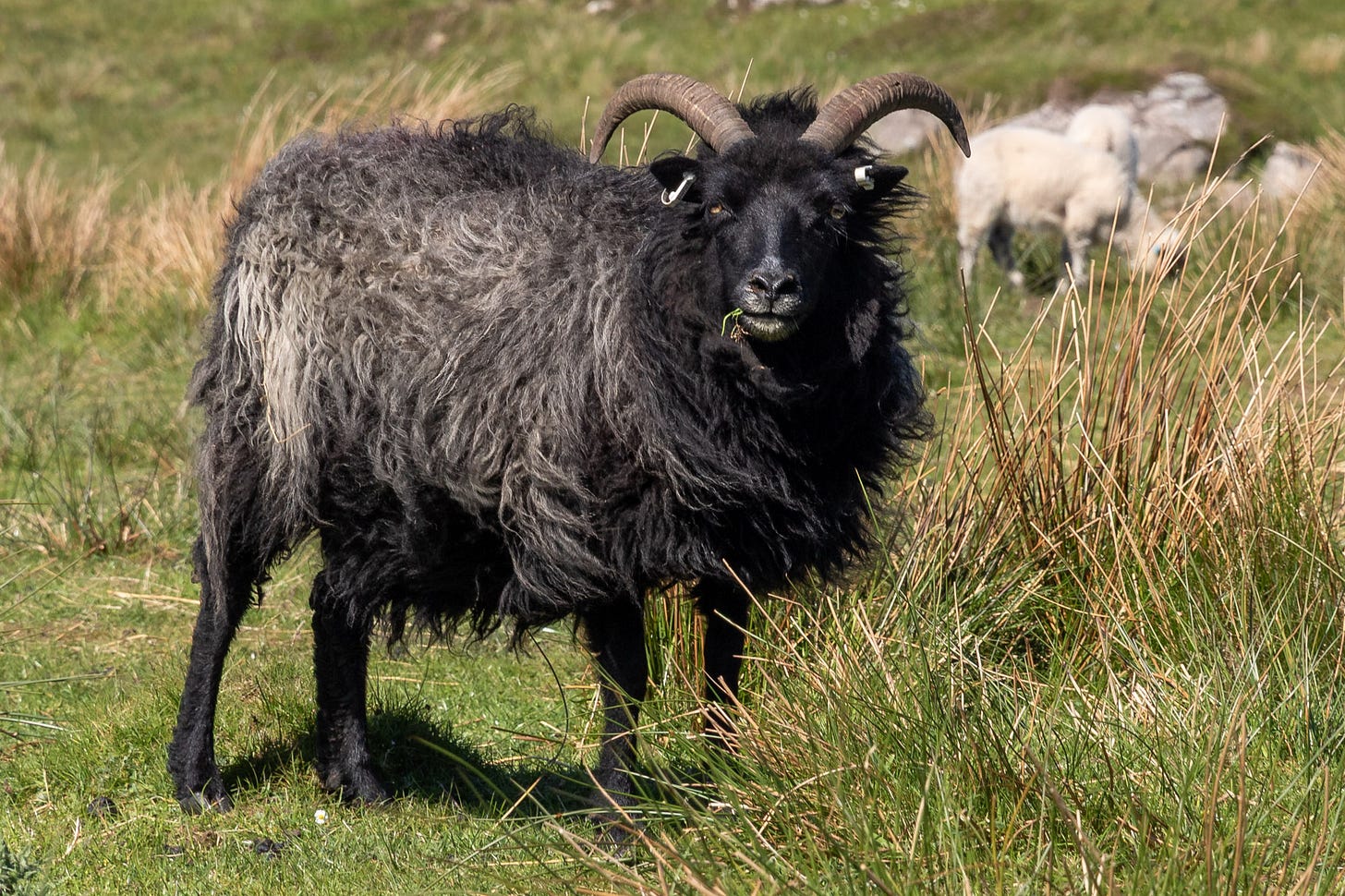
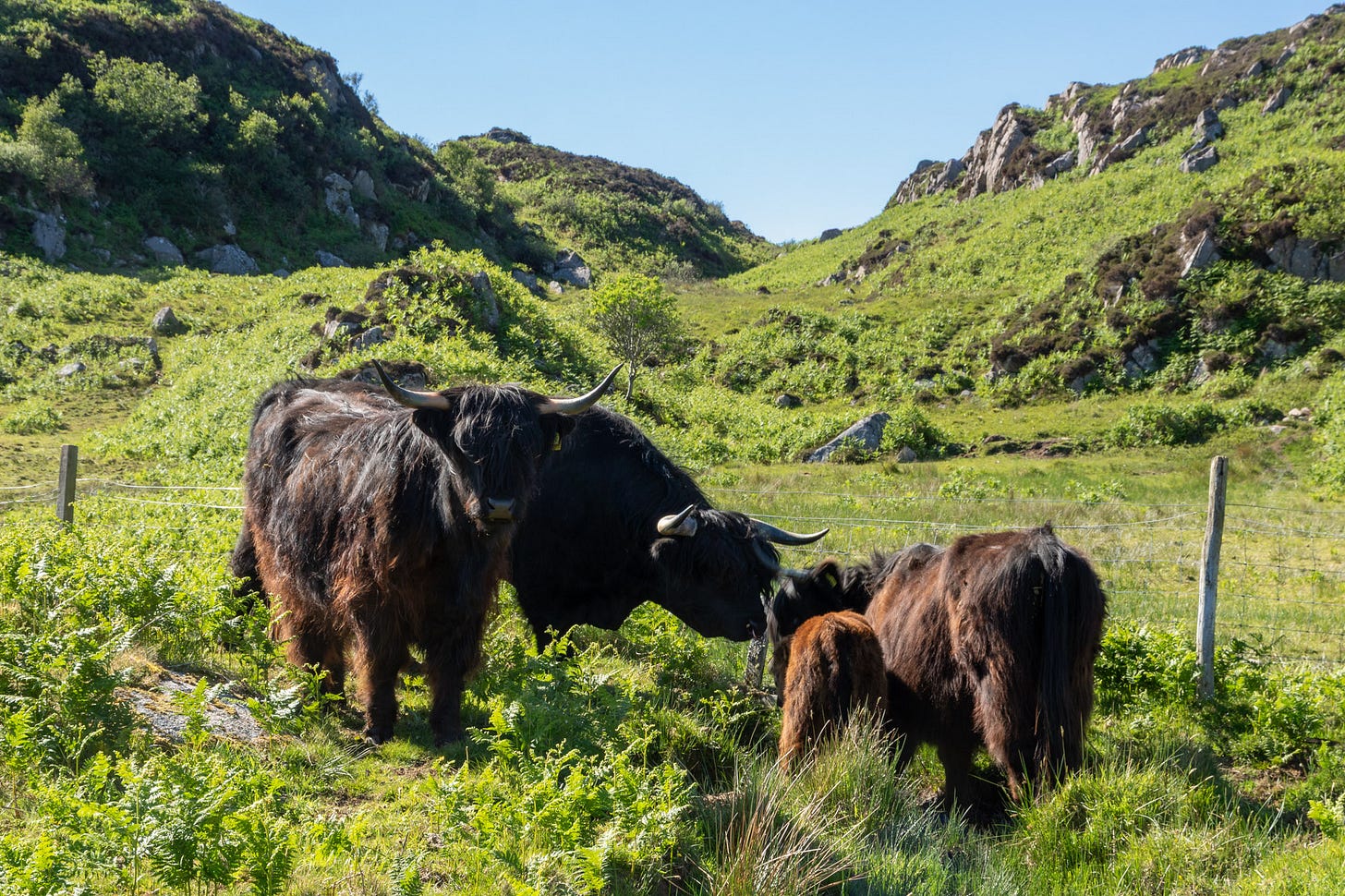
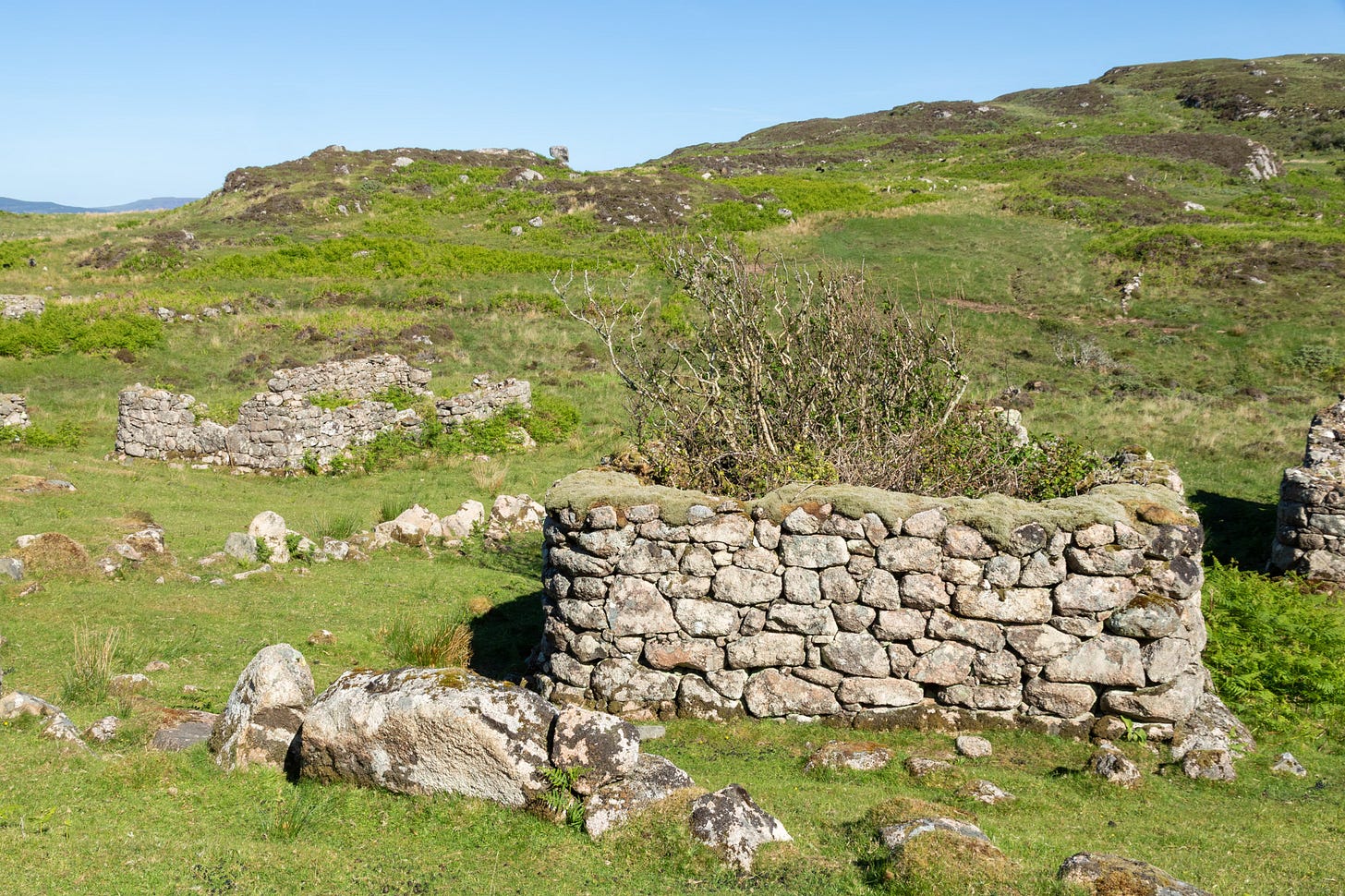
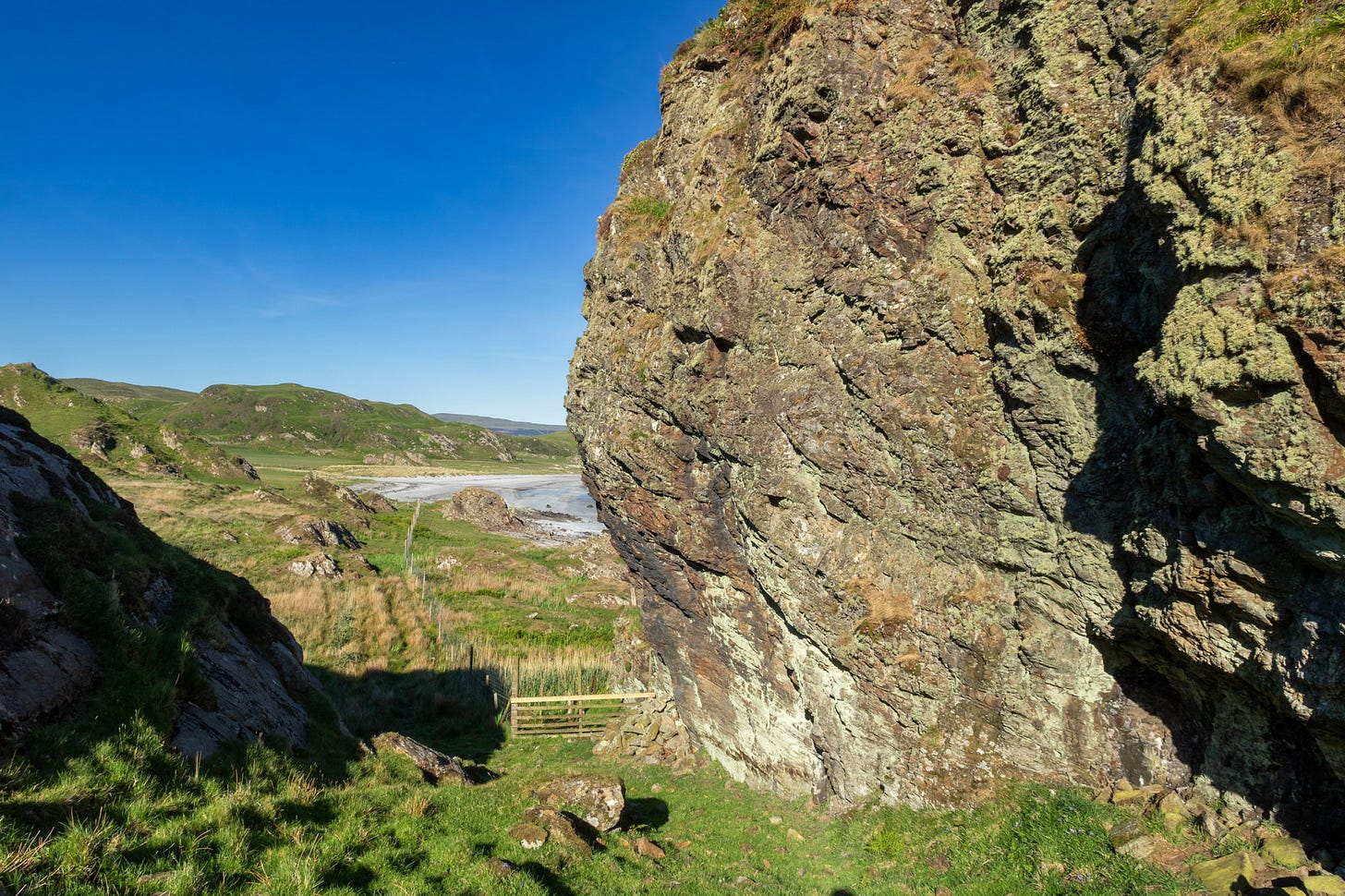
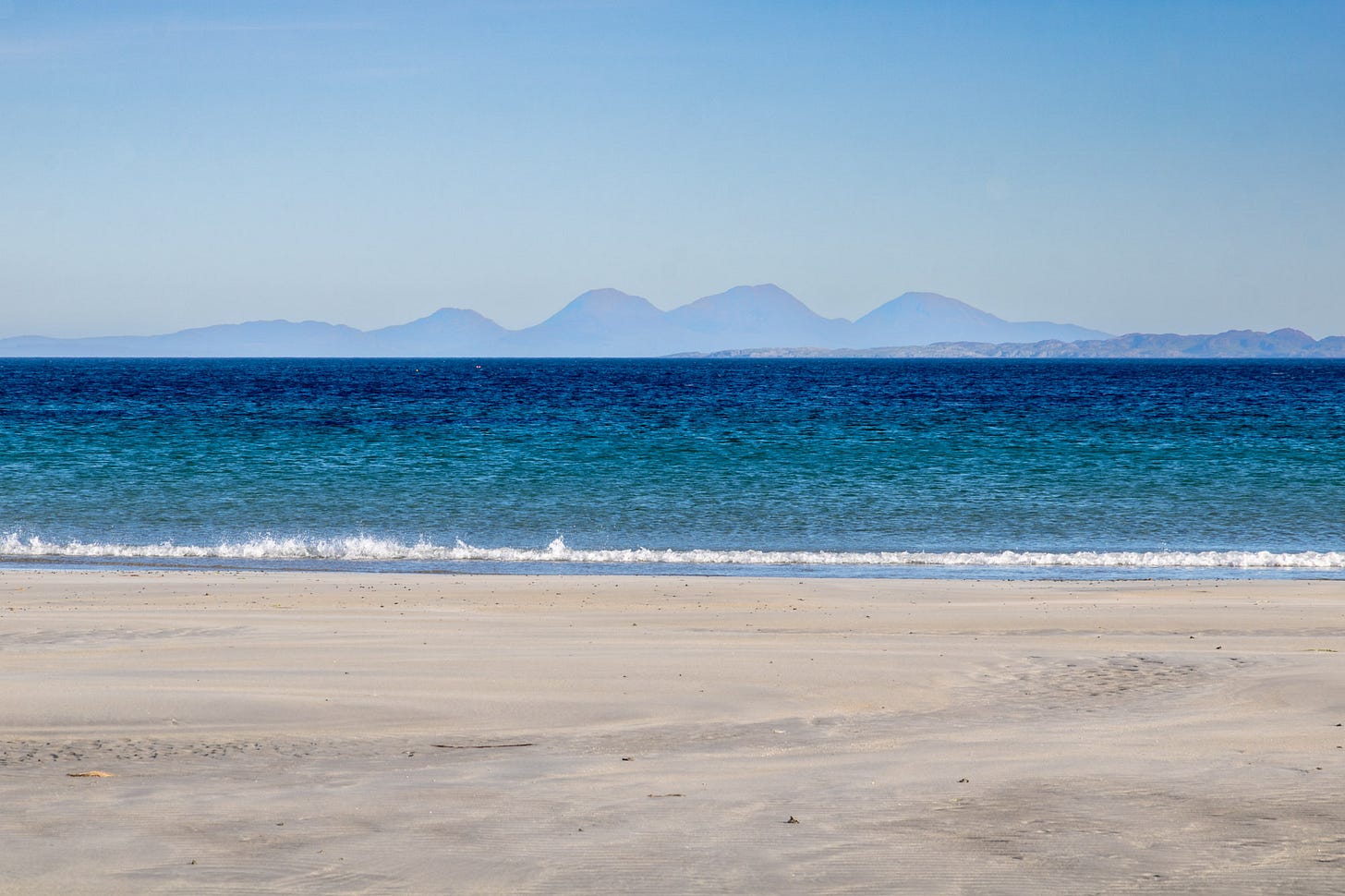
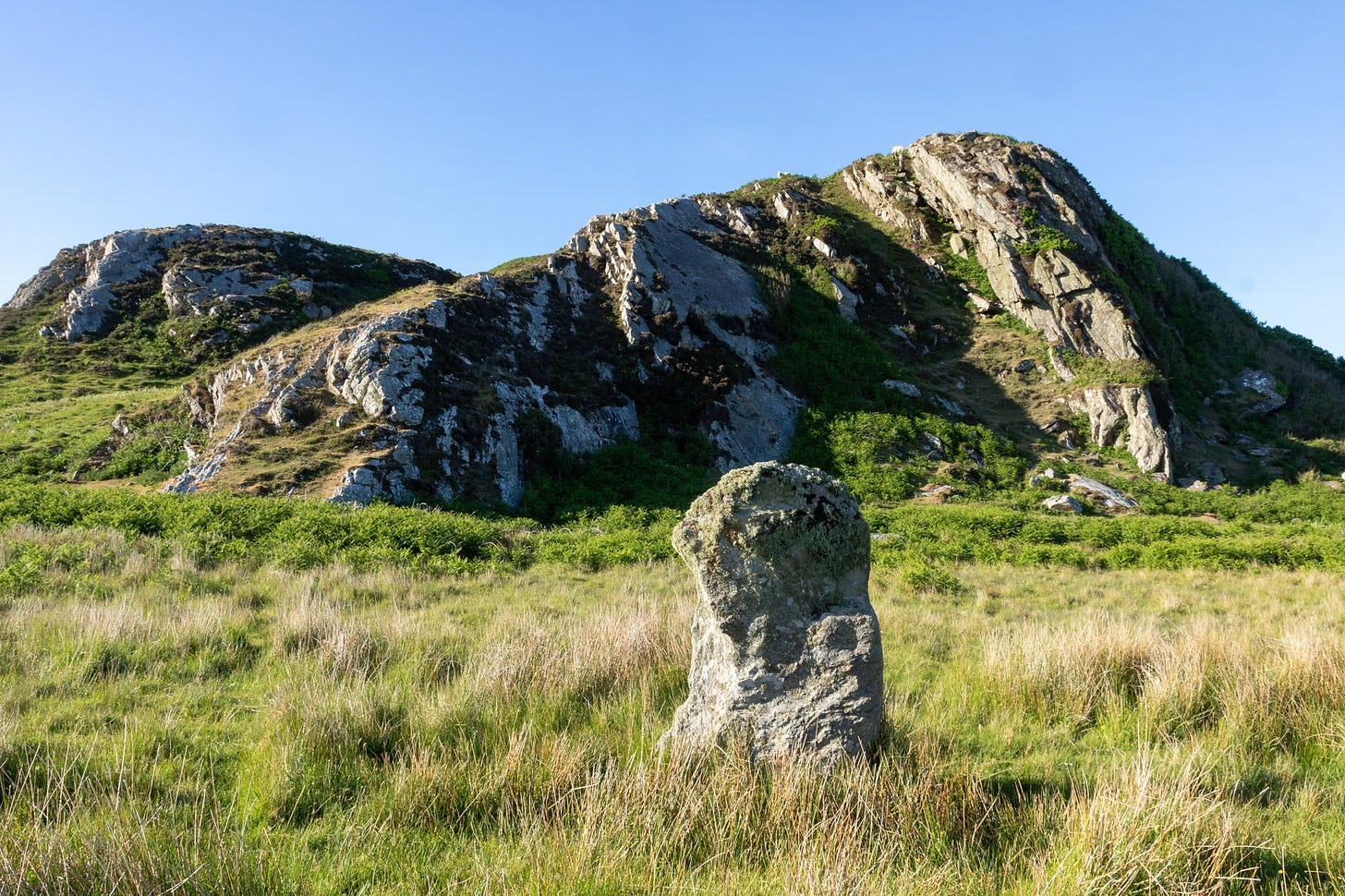
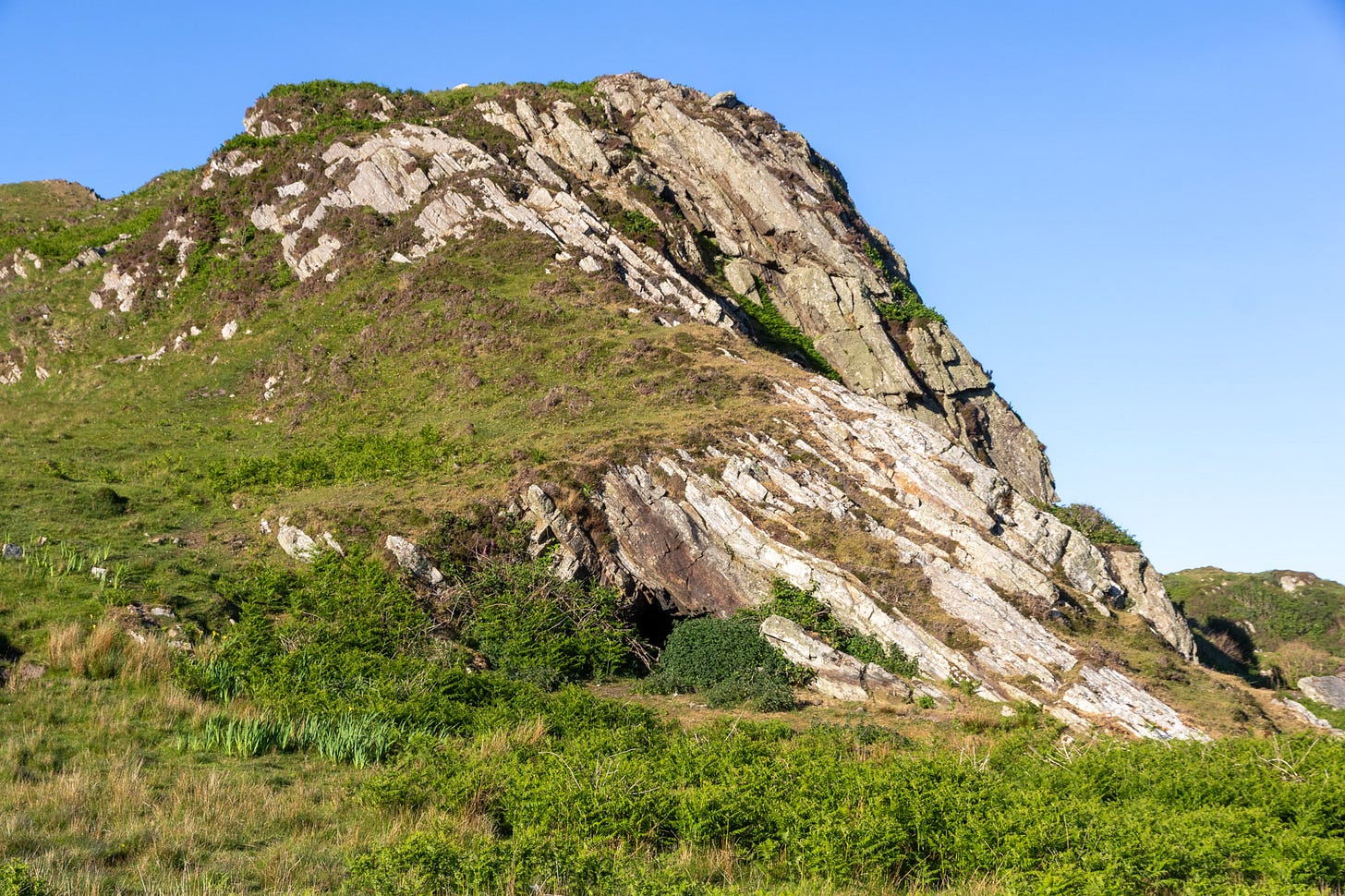
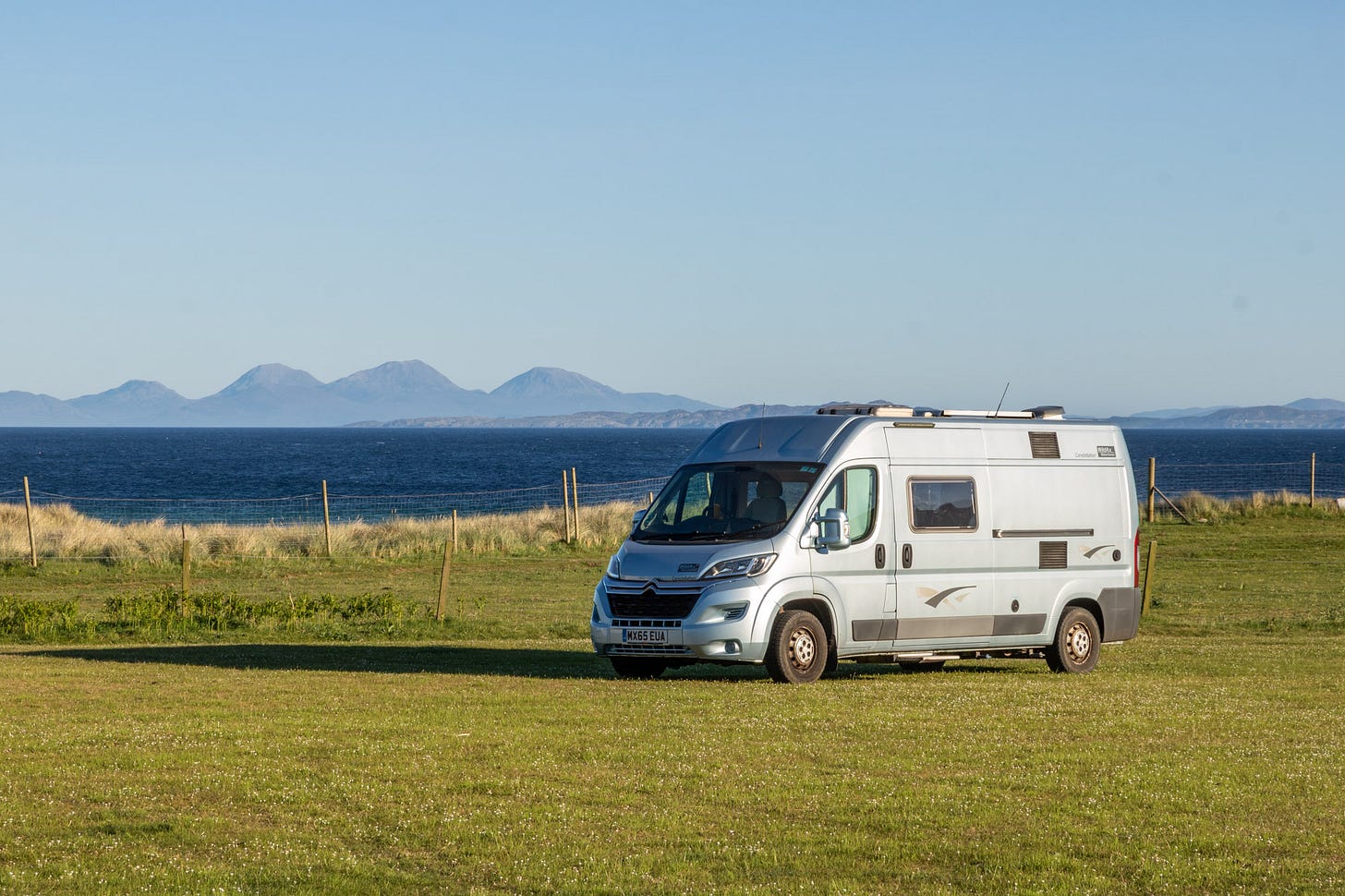
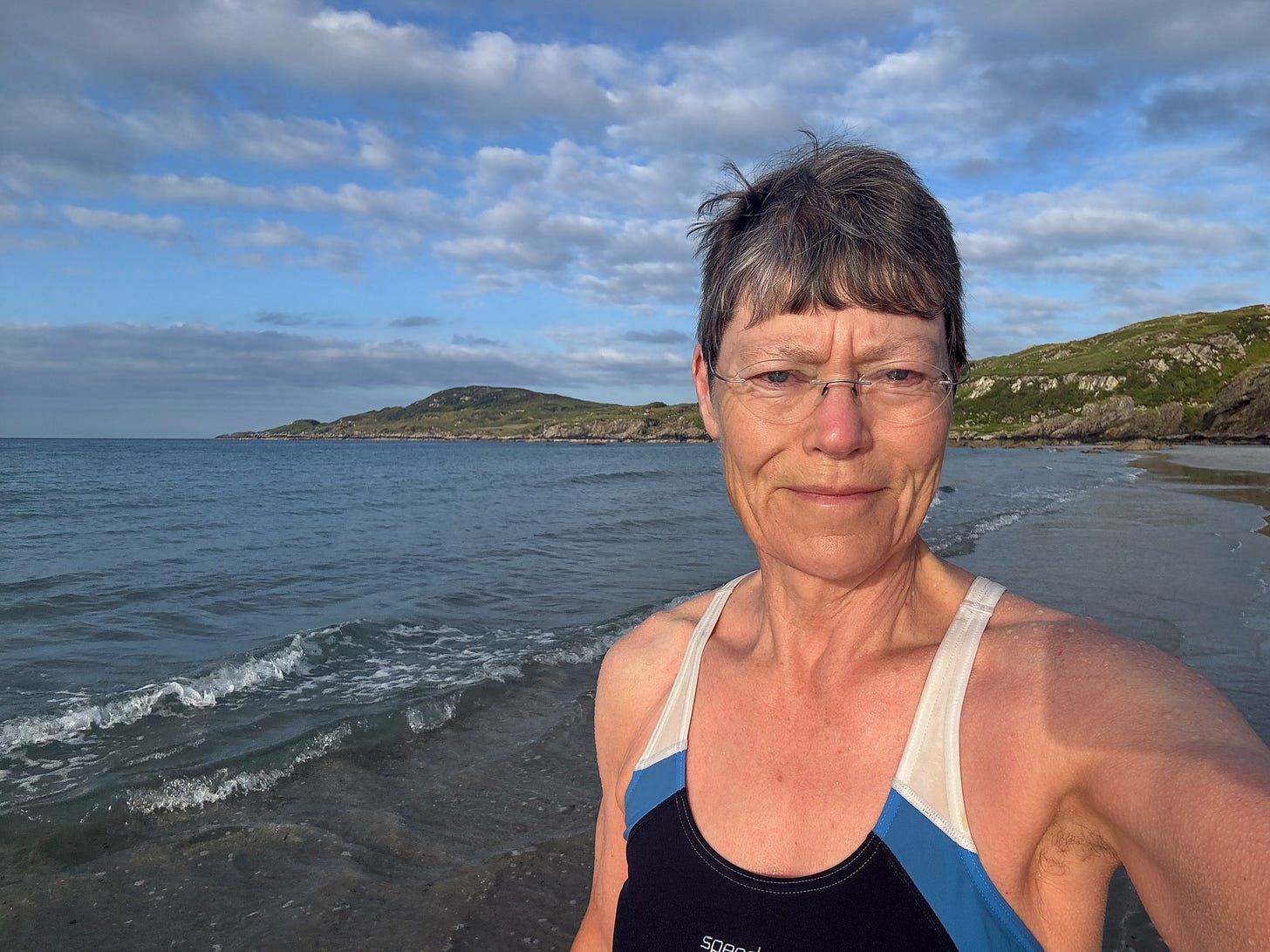
This makes me want to jump in the camper and head straight to Mull!
Lovely. I’d love to be there again.